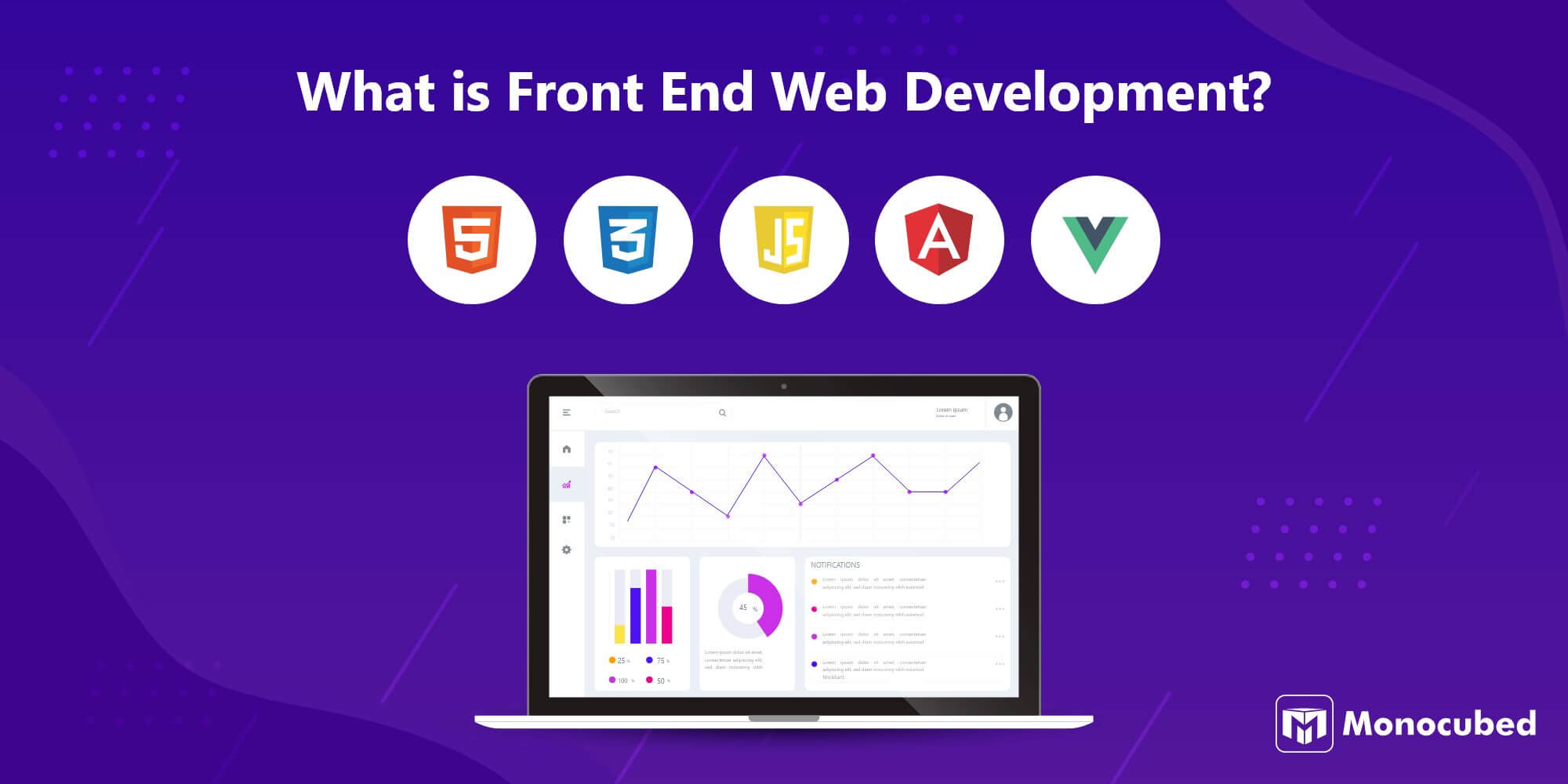 Understanding Ecommerce Architecture: Building a Strong Foundation for Online Success
Understanding Ecommerce Architecture: Building a Strong Foundation for Online Success
In today’s digital age, ecommerce has become a vital component of the retail industry. With the convenience of online shopping, businesses are expanding their reach and capturing a global customer base. However, behind every successful online store lies a well-designed ecommerce architecture.
Ecommerce architecture refers to the structure and organization of an online store’s technology infrastructure. It encompasses a variety of components, including front-end and back-end development, database management, payment gateway integration, and content management systems. A robust ecommerce architecture is not only essential for providing a seamless shopping experience for customers but also for optimizing business operations.
Let’s delve deeper into the key components of ecommerce architecture. The front-end development of an ecommerce website focuses on the design, layout, and user interface elements that customers interact with. It is crucial to create an intuitive and engaging shopping experience that is consistent across different devices and browsers.
On the other hand, the back-end development handles the server, database, and application logic that process orders, manage inventory, and handle customer data. Ensuring the functionality, security, and performance of the website’s back-end is vital for a smooth operation.
A robust database management system is also a key component of ecommerce architecture. It stores and retrieves product information, customer data, and order details efficiently and accurately. A well-managed database is essential for handling large volumes of data without compromising performance.
Secure payment gateway integration is another critical aspect of ecommerce architecture. It ensures that online transactions are processed securely, with customer payment information encrypted and protected from unauthorized access.
Managing website content is made easier with the use of a Content Management System (CMS). A user-friendly CMS allows ecommerce businesses to update product listings, create promotions, and manage website content without requiring technical expertise. This streamlines content management tasks and improves operational efficiency.
Implementing best practices is crucial when designing and implementing ecommerce architecture. Scalability is a key consideration to accommodate growth in traffic and sales. Choosing technologies and infrastructure that can easily scale up to meet increasing demand without compromising performance is essential.
Security should be a top priority when it comes to ecommerce architecture. Implementing encryption protocols, secure payment gateways, and conducting regular security audits are crucial to protect customer data and prevent cyber threats.
With the rise of mobile shopping, optimizing ecommerce architecture for mobile devices is essential. Ensuring that the website is responsive and provides a seamless shopping experience on smartphones and tablets can significantly enhance the customer experience.
Performance optimization is another important aspect of ecommerce architecture. Minimizing page load times, optimizing images, and leveraging caching techniques can improve website performance and provide a smooth shopping experience.
Last but not least, focusing on user experience (UX) design can greatly enhance the overall shopping experience. Creating a user-friendly interface and intuitive navigation is key. Conducting usability testing and gathering feedback from customers can help continuously improve the UX design of an ecommerce website.
In conclusion, ecommerce architecture plays a crucial role in the success of an online store. By understanding its key components and implementing best practices, businesses can create a robust and scalable infrastructure that enhances the shopping experience for customers and drives business growth.
Whether you’re launching a new ecommerce website or looking to optimize your existing architecture, investing in a well-designed ecommerce architecture is essential for long-term success in the competitive online marketplace.
